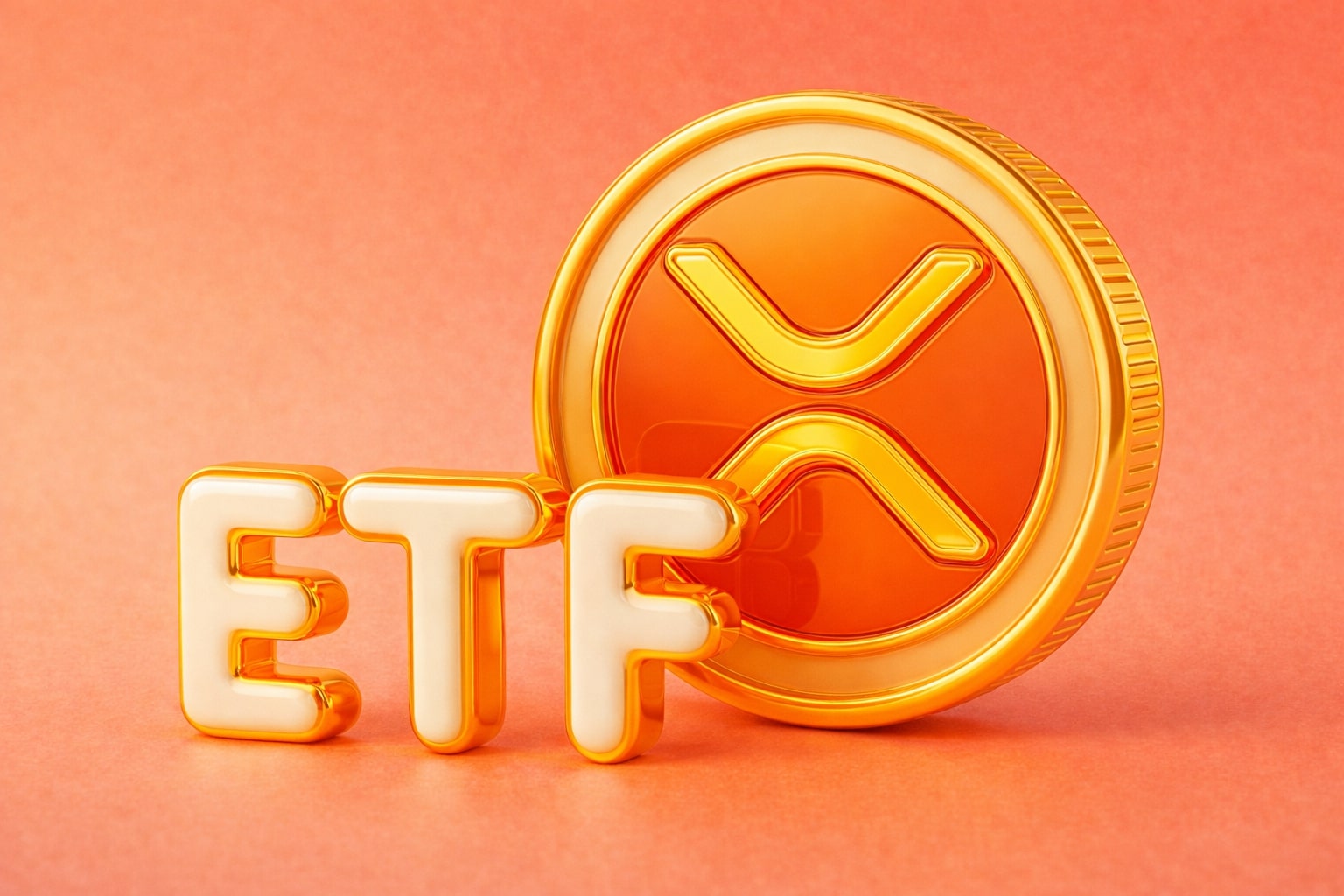
Why Hasn't Bitcoin Hit Bottom?
Investigate the intricate factors preventing Bitcoin from bottoming out, including market sentiment, economic indicators, and institutional actions | That's TradingNEWS
Bitcoin's Market Dynamics Amid External Shocks
Current Pricing and Immediate Influences
As of the latest trading session, Bitcoin's price hovered around $61,578.80, marking a slight decline of 0.3% over the past 24 hours. This minor adjustment in price reflects a broader hesitancy in the market, primarily influenced by the upcoming resolution of the Mt. Gox litigation, where liquidators of the defunct exchange have outlined plans to redistribute the recovered Bitcoin and Bitcoin Cash stolen during the 2014 hack.
Mt. Gox's Overhang and Potential Market Impact
The imminent distribution of a substantial amount of Bitcoin due to the resolution of the Mt. Gox debacle has cast a shadow over Bitcoin's market dynamics. Market participants are bracing for the possibility that beneficiaries of this restitution might liquidate their holdings rapidly, injecting a significant volume of Bitcoin into the market. Such a move could precipitate a noticeable dip in Bitcoin's price, as the sudden increase in available supply might outstrip demand, triggering heightened volatility and potential price declines. This scenario is pivotal for investors to monitor, as it could catalyze crucial shifts in market sentiment and pricing dynamics in the short term.
Macro Economic Factors and Regulatory Climate
The U.S. economic landscape, particularly upcoming inflation data releases, is stoking anxiety within the cryptocurrency markets. The Personal Consumption Expenditures (PCE) price index, a critical measure for the Federal Reserve in assessing inflation, is especially influential. If the incoming data suggests persistently high inflation, it could validate a continued stringent monetary policy stance, potentially maintaining higher interest rates. Such conditions tend to bolster the U.S. dollar, making traditional investments more appealing compared to riskier assets like Bitcoin. This economic backdrop is crucial as it directly influences investor behavior and could place additional downward pressure on Bitcoin as market participants seek stability in more traditional financial instruments.
Market Sentiment and Institutional Behavior
Current institutional behaviors reflect a complex sentiment landscape within the cryptocurrency sector. Recent movements, such as the filings for Ether ETFs, indicate a cautiously optimistic outlook among some market players, anticipating regulatory green lights that could inject bullish momentum into the market. However, this optimism is tempered by a palpable caution across the broader market, driven by an unpredictable regulatory and economic environment. Institutions are navigating these waters with mixed strategies, balancing between readiness for a positive shift in the crypto regulatory sphere and hedging against potential near-term economic downturns that could unfavorably impact the broader cryptocurrency market.
Comparative Analysis with Altcoins
While Bitcoin struggles with its specific set of challenges, altcoins have shown divergent paths. Ether, for example, has seen a rise attributed to speculative movements around potential ETF approvals. Such developments highlight the nuanced behaviors across different cryptocurrency assets, where individual catalysts drive market sentiment.
Technical Indicators and Market Projections
From a technical perspective, Bitcoin's immediate support levels lie around the $60,000 mark. Any breach below this could trigger a sharper sell-off, testing lower psychological support levels. Conversely, resistance is found near the $62,000 to $63,000 range, where Bitcoin would need to consolidate to signal any potential reversal of the current bearish trend.
Conclusion: Navigating Bitcoin's Complex Landscape
As investors and traders look towards the closing figures of the quarter, the overarching advice would be one of caution. With significant regulatory, macroeconomic, and market-specific factors at play, the short to medium-term outlook for Bitcoin remains highly contingent on external developments. Participants in this market should stay informed and agile, ready to adjust their strategies based on forthcoming economic indicators and regulatory decisions.
That's TradingNEWS
Read More
-
UCO ETF Price Forecast: Can NYSEARCA:UCO at $18.57 Ride a 2026 Oil Squeeze?
18.12.2025 · TradingNEWS ArchiveStocks
-
XRPI at $10.50 and XRPR at $14.93 Hit XRP ETF Lows While XRP-USD Holds $1.84 After 30 Days of Inflows
18.12.2025 · TradingNEWS ArchiveCrypto
-
Natural Gas Price Forecast: Henry Hub Holds Around $4 as EIA Draw Hits 167 Bcf
18.12.2025 · TradingNEWS ArchiveCommodities
-
USD/JPY Price Forecast: Pair Holds Above 155 As BoJ And US CPI Set Up A Major Break
18.12.2025 · TradingNEWS ArchiveForex

















